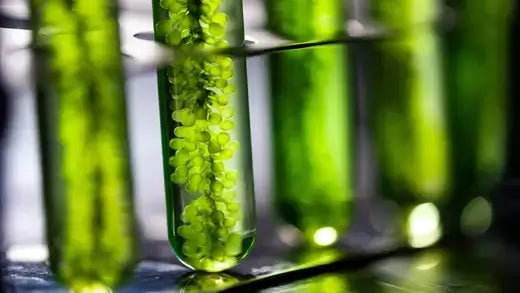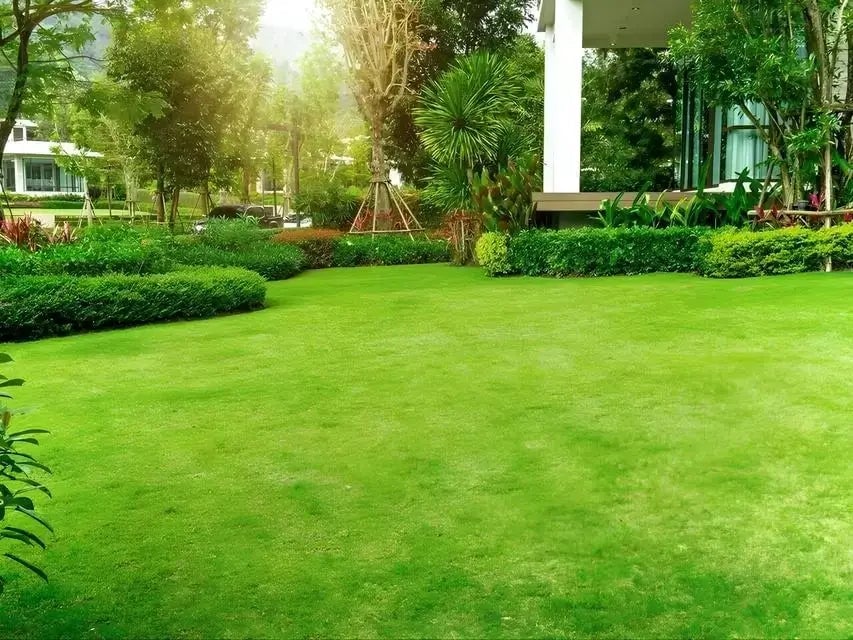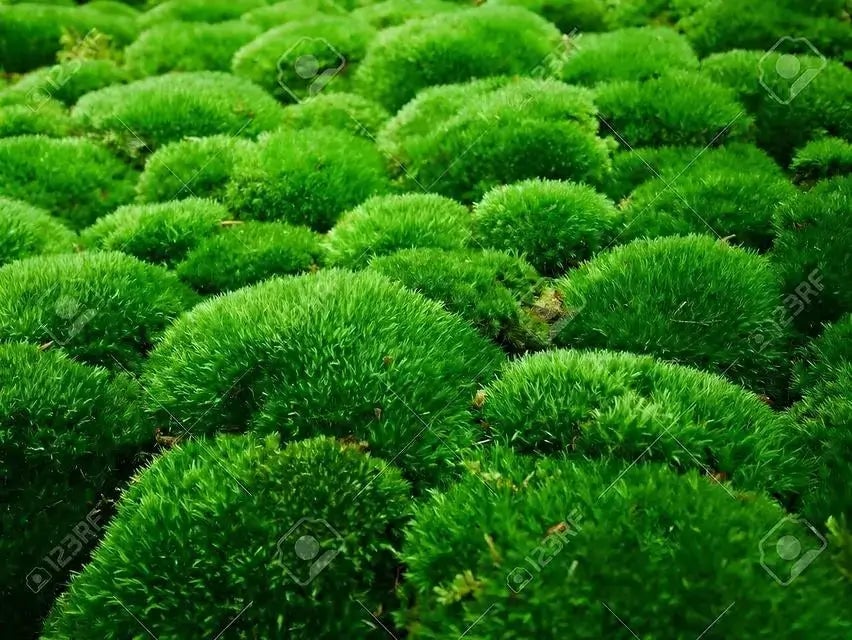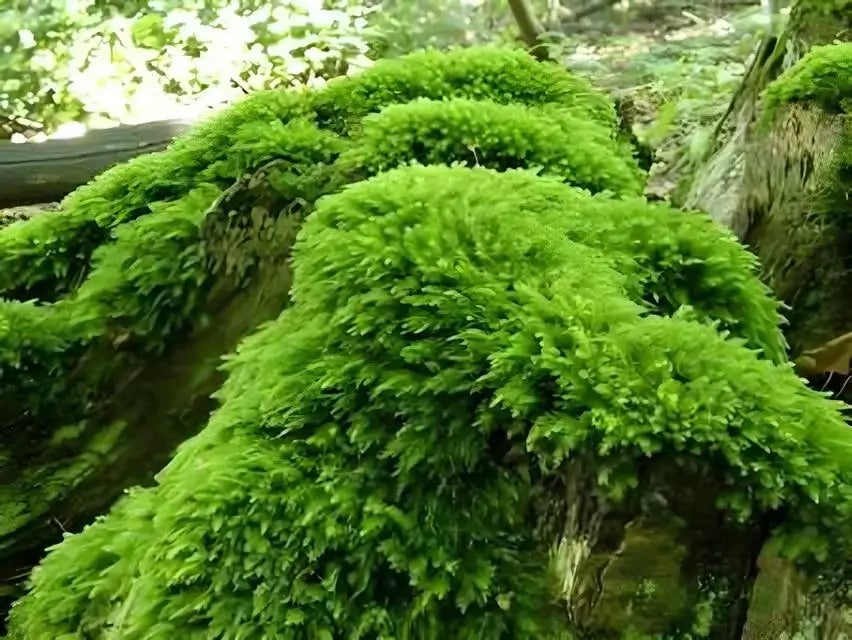Algae is stubborn and can take over a pond or area very quickly. Algae will also form on the inside windows of a greenhouse during the winter months.
You can rapidly remove it by cutting back vines and other plants that will not allow the light to shine. You can also clean it off of the windows by using water and dish detergent. Algae will grow on steps and walkways and sometimes on areas in a driveway where the sun does not shine much.
It can become hazardous because it can be very slick and may cause someone to fall. It is a good idea to pressure wash these areas and make sure they dry off entirely so that the algae does not grow back. It can also grow in a swimming pool or water garden.
Chemicals need to be added to water to reduce algae from growing. Moss will grow on rocks and even other cool and damp areas on the lawn or in a natural area. The moss will give a natural area a very natural look as it grows.
The moss will continue to grow as long as the areas stay cool and damp.
Moss does not do very well when exposed to full sunlight for several hours. Moss will grow on boundary walls and stone garden sculptures if not careful.
These may need to be washed off and cleaned to remove the moss and algae from growing on them. You can control Algae as long as it stays on top of a gardener or homeowner. It will be effortless to do.
It will sometimes keep a homeowner busy and depend on how much sunlight the areas will receive. If the areas are kept dry, the algae will be a slow grower. Homeowners may want to allow the moss to grow to bring a very natural look and feel to the garden or natural area where it is growing.
Source to Buy a Variety of Mosses
Read more
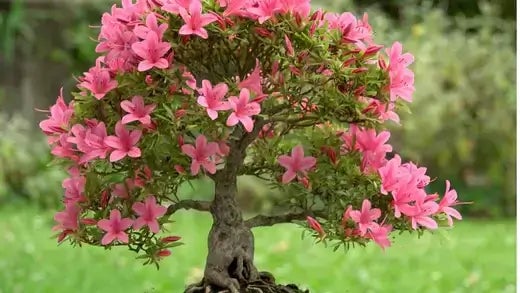
Taking care of Bonsai plants can be very hard to do, especially if the gardener does not know these beautiful trees and plants. When considering growing a Bonsai, research to find exactly what type...

We plant bulbs for spring, summer, and even fall colors. They are inexpensive, and their care is a relatively simple process.However, as each season’s bulbs can vary in what they need, you need to ...


